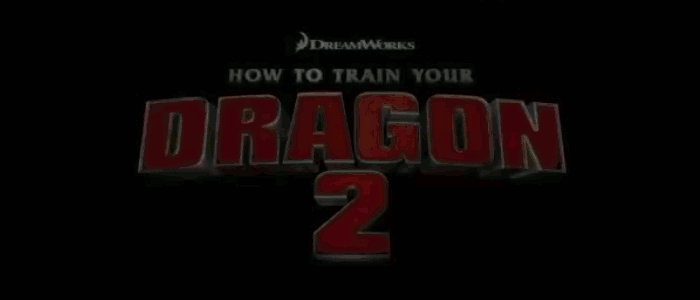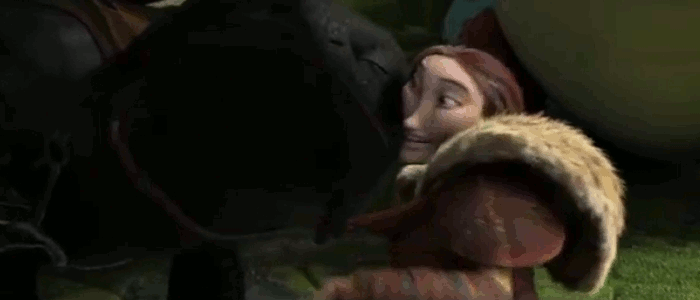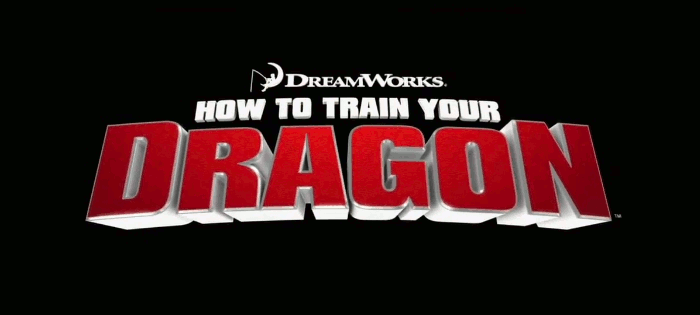
(Please see my review for the second movie in case you haven’t. Or be a rebel and read on. Either way, cool with me.)
How to Train Your Dragon: The Hidden World, confusingly not titled How To Train Your Dragon 3, is the third and final film in the Dragon series. (Unless DreamWorks decides on a great idea for a fourth movie that absolutely needs to be told 9 years later.) Briefly summarizing, The Hidden World takes place a year after the second (so six years after the first). Hiccup is now the chief of Berk, and his close dragon friend Toothless is the alpha for his kind. A new threat comes to Berk which has become overrun with dragons. Hiccup seeks the Hidden World where he believes his people and the dragons can finally live in peace, and Toothless comes across a rare Light Fury that shows him the route to going away from humans.
Did you ever see that episode of Pokémon called “Pikachu’s Goodbye” where Ash, Pikachu, Brock and Misty find this hidden society of Pikachu, and Ash’s Pikachu becomes friendly and content with the wild Pikachu? Ash couldn’t really bond with the wild ones because they were easily scared of humans, and Ash starts to wonder if Pikachu is better with his kind, and even mentally battles (haha … wait, this was a sad episode) the idea of going their separate ways.
The Hidden World is basically that episode stretched out to 90 minutes with more fighting, romance, (slightly) less goofy villains and, in my eyes, a less enjoyable ending. But we’ll get to that.
Let’s talk new characters.

There’s the Light Fury named … they actually never name her. I suppose because naming her would be indoctrination? But that won’t do, she needs a short-hand, it’d get boring to call her the Light Fury.
So I’ll call her “Angel 2.0”, because she reminds me of Angel from Lilo and Stitch: The Series who was also the female counterpart to the already popular dangerous yet adorable creature that was Stitch. (Chris Sanders, incidentally, was involved in both films. I wonder if he was the one to suggest a gender flip of Toothless?)
Angel 2.0 just the love interest, honestly. I mean, it was adorable all the scenes they showed of her and Toothless flying together, flirting on the beach, cooing at each other. I also like how she ends up saving Hiccup at the end. I don’t know why the villain and his lackeys released her though. It seems stupid on every front. She can attack them in vengeance, she can fly away and never be seen again, she can join Hiccup’s crew and then they have TWO all powerful dragons. Wouldn’t it have been much more interesting if they used the mind control juice the “bad dragons” on Angel 2.0 and she had to fight against Toothless who was battling his love for her with his duty and loyalty to Berk?
Nah, the story stays safe and make Angel 2.0 a morally good creature all throughout. It’ fine, but boring. Like Hiccup comments in the film when making the sketches, “Just make her a white version of Toothless.”
I already started the villain talk, so let’s discuss Grimmel the Grizzly, the dragon slayer who is surprisingly is not Malcolm McDowell.

I think Grimmel as a character is pretty interesting and funny. He really reminds me of Bog King from Strange Magic. (Yes, I saw that movie and willingly read some fan fiction, that movie is “so close yet so far” but I think it is somewhat decent. I digress.) Or for a more pertinent comparison, Grimmel is like the lead Scroll in the new Captain Marvel. The villain in The Hidden World is obviously an imposing figure, but at the same time he’s able to throw in some dry sardonic humor. He does not like Ruffnut (as do quite a few of us, especially in this movie.) He is suave and we’ll spoken, but then he also constantly has his patience tested.
As a villain though? I think he falls short because there’s little gravitas to him. For example, I feel like there’s an undisclosed history Grimmel has with Berk. With Drago, it was made clear that Stoic knew him. Yet with Grimmel, when he comes to an abandoned Berk, he notes something along the lines of, “It’s good to be back here.”
What does he mean by that? It’s never explained. Why did he decide to start killing all dragons? He mentioned how his village praised him after his first dragon kill, but was that village Berk? If so why did he leave? If not how the heck did Hiccup and anyone else NOT hear about the other village that holds “Grimmel the Grizzly”? Why is this coming up now?
And wouldn’t Hiccup have learned his lesson than to try and negotiate with crazy dudes like Grimmel? Especially because in the second movie his dad gets axed off because of his try-to-do-good nature? I know he’s a pacifist but still.
Grimmel’s lackeys are brain dead. I don’t know how Grimmel doesn’t sock all of them in the face. He could totally do it too, if he has the physical fitness to sneak into Berk without being notified and also the ability to, you know, kill dragons single handedly.
Speaking of brain dead characters someone should clobber: Ruffnut.
Is she really that stupid? Did she really think the villain would let her go with no repercussions, or that he wouldn’t follow her back to the new island?
“I never look back, Hiccup”? What the heck?! No wonder the others weren’t jumping for a rescue mission, Ruffnut makes it a mentally frustrating time.
There aren’t many young women in this village, just Ruffnut and Astrid. Let me say, Ruffnut makes Astrid, even with her flaws, look like a GODDESS in comparison.
I am happy to report that Astrid has really come around from my initial impressions. She is still supportive of Hiccup while maintaining her edge. Given that this movie has a flash forward, I understand why Hiccup and Astrid get married and have kids, but, ehhh…. It’s so nice to see her initially be liberated. She starts off not really pushing commitment and in fact acknowledges she and Hiccup are still too young for tying the knot.
But then it happens, and they have kids, then we see that Toothless and Angel 2.0 are “babies ever after too”, gah, it’s just so sappy. I understand this is the Viking times, so marriage and kids are expected, but I don’t know if we needed to see that.
This movie’s ending can be good or bad, and that really depends on how you feel about Hiccup and Toothless splitting apart to do their own things.

I like the idea of “follow your own path” being applied to even the dragons. It shows how much the Berks, especially Hiccup, care and respect these creatures. I really like how the opening scene narration in this movie is now a speech Hiccup gives the dragons he saves, keeping consistent with the previous movies but also showing he understands how to communicate with them. I also enjoy the look of the Hidden World too, even if we don’t see it for too long in the film. It reminds me of the color scheme of the Land of the Dead from Coco mixed with the function of bat caves.
Everyone giving up on dragons, though, is really unfortunate and telling of a bigger problem. Berk just … gave up reforming the world and instead chooses to let the dragons hide away from the truth. That is, the truth that they aren’t monsters but rather creatures that hold no vendetta against people so long as the humans are kind in return.
I mention in my second movie review that peace and unification is not a black-and-white issue, there are levels in between which typically means those who want peace need to fight to defend it.
Yet I also felt that Hiccup should have learned that among his own people, if people like Stoic and Eret could be swayed, then a good chunk of the other villages could follow suit in his “don’t kill dragons” mentality. Part of the education process is understanding that some people like Drago and Grimmel may be too far gone due to their own stubbornness. But! I’d also argue that those people are in the minority, and over time most people would come to see dragons as friendly within reason.
Letting the dragons hide away makes sense in the movie’s narrative. I get it; Toothless became the alpha in the last movie and wants to rule his own kind in the Hidden World. It also stops treating them as pets for the villagers and starts treating them as creatures able to control their own kingdom.
But it’s sad the dragons have to do so in secrecy, and not alongside humans who could have come to respect their intelligence like Hiccup and his people came to do. As the case is, other outside villages may follow suit in Grimmel’s philosophy of killing all dragons because the counterexample of Berk no longer domesticates and befriends them. It’s just a case of “separate but equal”, and even the flash forward scene suggests humans and dragons can only rarely see each other.
So I can go on and on about if the ending works, but overall, I did like this movie. I think my personal ranking goes 2 being my favorite, then 1, then this movie. But none of them are bad movies by any means. This is one of the strongest trilogies in the animated world, and I am so proud that DreamWorks knew when to end it. Do I believe they’ll stop at three films? I hope they do.











